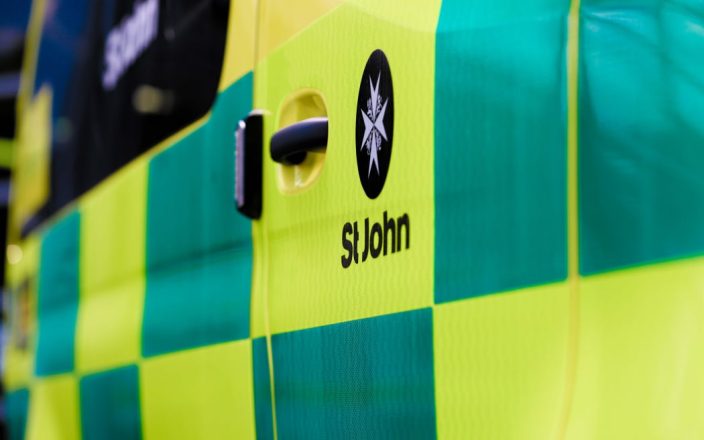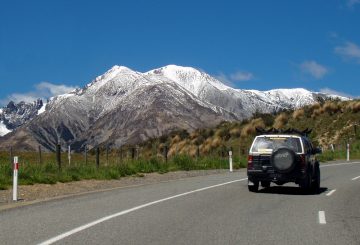세인트 존 앰뷸런스의 구급차 노동자와 전화 접수자들이 처음으로 파업을 벌입니다.이 24시간 파업은 화요일에 진행될 예정이지만, 세인트 존은 생명을 위협하는 비상 사태에 여전히 대응할 것을 약속합니다.사람들은 계속해서 111번으로 전화해 도움을 요청할 수 있습니다.
파업은 화요일 오전 4시부터 수요일 오전 4시까지 교대 근무 첫 4시간 동안 근로자에게 영향을 미칠 것입니다.파업 기간 중 가장 바쁜 시간은 대부분의 직원이 근무할 예정인 오전 6시부터 오전 10시, 오후 6시부터 10시까지입니다.
뉴질랜드 앰뷸런스 협회 사무국장인 마크 퀸 (Mark Quin) 은 이번 파업에 대해 실망감을 드러냈다.그는 19개월에 걸친 회담 실패 이후 노동자들이 좌절하고 있다고 말했다.“정말 짜증나.노동을 철회해야 했던 건 이번이 처음이에요.직원들도 충분히 먹었어요.” 라고 그는 말했습니다.그는 노동자들이 이 상황에 대해 세인트존에게 단합하고 분노하고 있다고 언급했습니다.
세인트 존 앰뷸런스는 정부의 추가 지원 없이는 급여 제안을 개선할 수 없다고 주장합니다.앰뷸런스 운영 책임자인 댄 오즈 (Dan Ohs) 는 지난 주에 일부 자금을 지원받은 후 노조에 새로운 제안을 했다고 밝혔다.그러나 제안만으로는 충분하지 않아 협상이 결렬되었습니다.세인트 존은 협상을 계속하는 대신 파업에 대비하기로 결정했습니다.
Ohs는 뉴질랜드 보건부와 ACC가 상황을 알고 있지만 세인트 존을 도울 추가 자금을 가지고 있지 않다고 말했다.그는 그들이 장관들에게 더 많은 돈을 추천해 주길 바라고 있으며, 그 돈은 직원들의 봉급으로 사용될 수 있을 것이다.
하지만 퀸은 노동조합이 세인트 존과 그 자금 제공자, 정부 사이에 끼어있는 느낌이 든다고 지적했다.그는 세인트 존스의 재정 관리에 대해 우려를 제기하고 자금이 어디로 쓰이는지에 대해 의문을 제기했다.그는 현재의 급여 제안이 인플레이션을 따라잡지도 못한다고 지적했습니다.
다음 파업은 계획대로 토요일 오전 4시에 시작될 것으로 보입니다.노조와 세인트 존은 8월 29일과 30일이 되어서야 다시 만날 예정이다.퀸은 노조들이 언제든 협상에 열려 있으며 세인트 존이 손을 내밀기를 기다리고 있다고 말했다.


















































-360x245.jpg)











